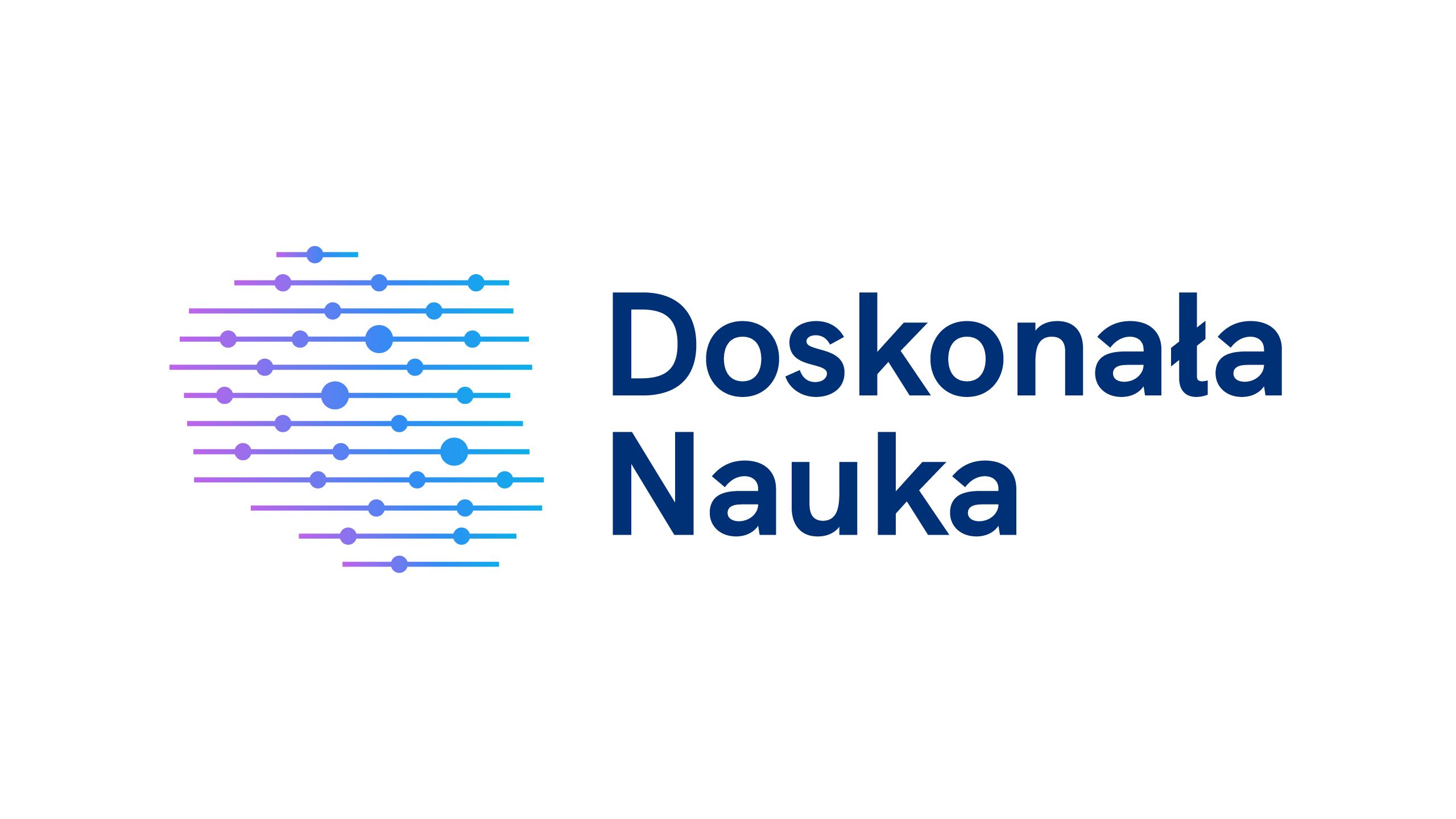Igor Kanatchikov
The cosmological constant and the minimal acceleration of MOND from precanonical quantum gravity
We outline the approach of precanonical quantization (which is based on a space-time symmetric generalization of the Hamiltonian formalism), explain its relation to the functional Schroedinger representation, and apply it to quantization of tetrad general relativity and pure gauge theory. The simplest solutions of the precanonical Schroedinger equation for quantum gravity, which correspond to a quantum (wave) analogue of the Minkowski space-time, naturally lead to the acceleration threshold $a_0 = 8\pi G\hbar\varkappa$ which is related to the range of the Yukawa modes propagating in the spaces of spin connection coefficients. The cosmological constant $\Lambda \sim (8\pi G\hbar\varkappa)^2$ emerges from the re-ordering of operators in the precanonical Schrodinger equation consistently with the scalar product with an operator-valued Misner-like measure. The observable values of $\Lambda$ and $a_0$ of the Milgromian MOND correspond to the subnuclear scale of the parameter $\varkappa$, which is introduced by the precanonical quantization. This is consistent with its appearance in the estimation of the gap in the mass spectrum of quantum SU(2) Yang-Mills theory $\Delta m \sim (g^2\hbar^4\varkappa)^{1/3}$, which we have obtained earlier. Thus, both the cosmological constant (as the simplest form of dark energy) and the minimal acceleration of MOND (which is an alternative description of the dynamics of galaxies and their clusters without dark matter), and the mysterious Milgrom's relation between them: $a_0 \approx \sqrt{\Lambda}$, appear as elementary consequences of precanonical quantum gravity and the ``spin connection foam'' picture of quantum geometry of space-time it leads to.

